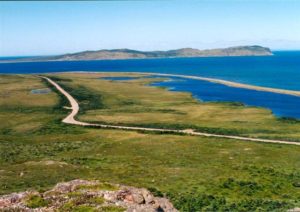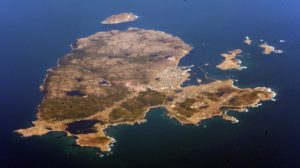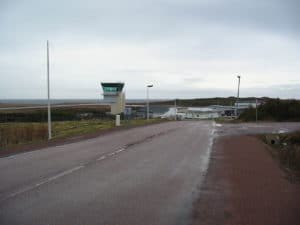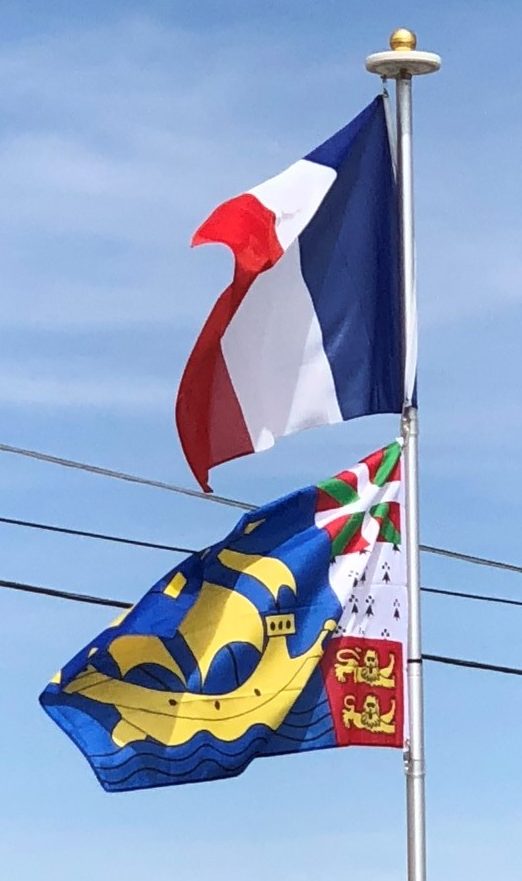Because France was allied with the Americans during the Revolutionary War, Britain invaded and razed the French colony on Saint Pierre and Miquelon in 1778. The British forced the return of the entire population of 2,000 people to France. In 1794 the British returned, again expelling any French settlers and attempted to replace them with British settlers instead. In turn, the French sacked the British population in 1796. The Treaty of Amiens of 1802 returned the islands to France, but Britain reoccupied them when hostilities recommenced the next year. Finally, the Treaty of Paris (1814) gave Saint Pierre and Miquelon back to France, though Britain occupied them yet again during the Hundred Days War. France then reclaimed the then uninhabited islands and the islands were resettled in 1816. The settlers were mostly Basques, Bretons and Normans, who were joined by various other elements, particularly from the nearby island of Newfoundland. Only around the middle of the century did increased fishing bring a certain prosperity to the little colony.
By the early 20th centure, the fishing business became unprofitable enough that large numbers of the inhabitants left for Nova Scotia and Quebec. To make matters worse, the compulsory draft of all male inhabitants of eligible age at the beginning of World War I severely hampered what fishing business remained.
Smuggling had always been an important economic activity in the islands, but it became especially prominent in the 1920s with the institution of prohibition in the United States. The end of prohibition in 1933 plunged the islands into economic depression.
After the 1958 French constitutional referendum, the islands were given the option of becoming fully integrated with France, becoming a self-governing state within the French Community, or preserving the status of overseas territory. Saint Pierre and Miquelon voted to remain a territory.
After fishing was formally limited by treaty between France and Canada in the 1970s and 1980s, Saint Pierre and Miquelon have attempted to diversify their economy to include tourism and other activities but approximately half of the budget for the islands continues to arrive in the form of French subsidies and direct assistance, making Saint Pierre and Miquelon the most expensive, per capita, of all of the constituent territories of Overseas France.
Technically there are eight islands in Saint Pierre and Miquelon but only the named two are inhabited. The islands are geologically part of the Appalachian Mountain Range which continues on into Newfoundland. An interesting side note: while Miquelon

is considerably larger than Saint Pierre, it is home to only about 600 people while Saint Pierre is home to about 5,500.

Technically, Miquelon is two islands joined by a narrow isthmus but it is traditional to refer to it as one island.
Saint Pierre is home to the only international airport in the territory while Miquelon has a small airport for flights from Saint Pierre. While the Saint Pierre Airport

